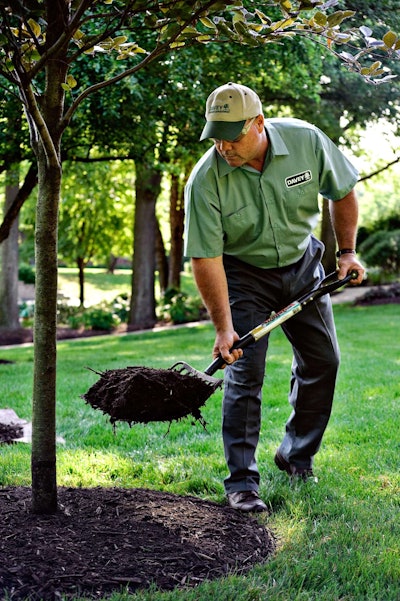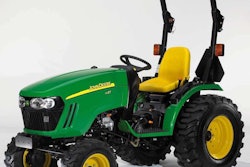
According to the Davey Tree Expert Company, trees need to be well hydrated to deal with summer heat.
If the upper 12 inches of soil around the tree roots are soaked at least once per week, the tree should be hydrated.
For every inch of trunk diameter, the tree should get 5 gallons of water, and the water should be concentrated on the “drip zone,” which is the area beneath the trees’ foliage.
Tree Watering Tips:
- The best time to water is in the morning. Run a sprinkler beneath the tree as slowly as possible, use a drip hose, or just apply a slow trickle from a garden hose. Avoid directly irrigating the trunk of the tree, as increased moisture can favor root rot.
- Tree roots are deeper than turf roots, so water about three times as long as you water your lawn to make sure enough moisture reaches the root zone. You should be able to easily insert a long screwdriver 6-8 inches into the ground. Place a coffee or soup can in the “drip zone” and run the sprinkler slowly until two inches of water has collected in the can.
- Do not build mulch into a volcano. This can kill the tree as it cuts off the crown roots and decreases air circulation.
- Mulch 2 to 4 inches around the tree to reduce moisture loss. Mulch should be pulled back 6 inches from the trunk of the tree in a saucer like fashion.

- Wilted, drooping or curling leaves that may turn brown at the tips or edge
- A sparse canopy of off-color and undersized leaves, leaf scorch or yellowing
- Untimely fall color and early leaf drop
Symptoms of Over-Watering Trees
- The area around the tree is constantly wet
- New growth withers before it’s fully grown
- Leaves appear green but are fragile and break easily
Fool-Proof Water Check
- Grab a shovel and dig down about 6-8 inches, and feel the soil. It should be cool to the touch and slightly wet—but not soaking. If the soil is really wet, it’s a sign of over-watering.
- If you don’t have sandy soil, roll the soil into a ball. If it doesn’t hold its shape, the soil is too dry, and it’s time to water.









